Moissanite Vs Diamonds
·
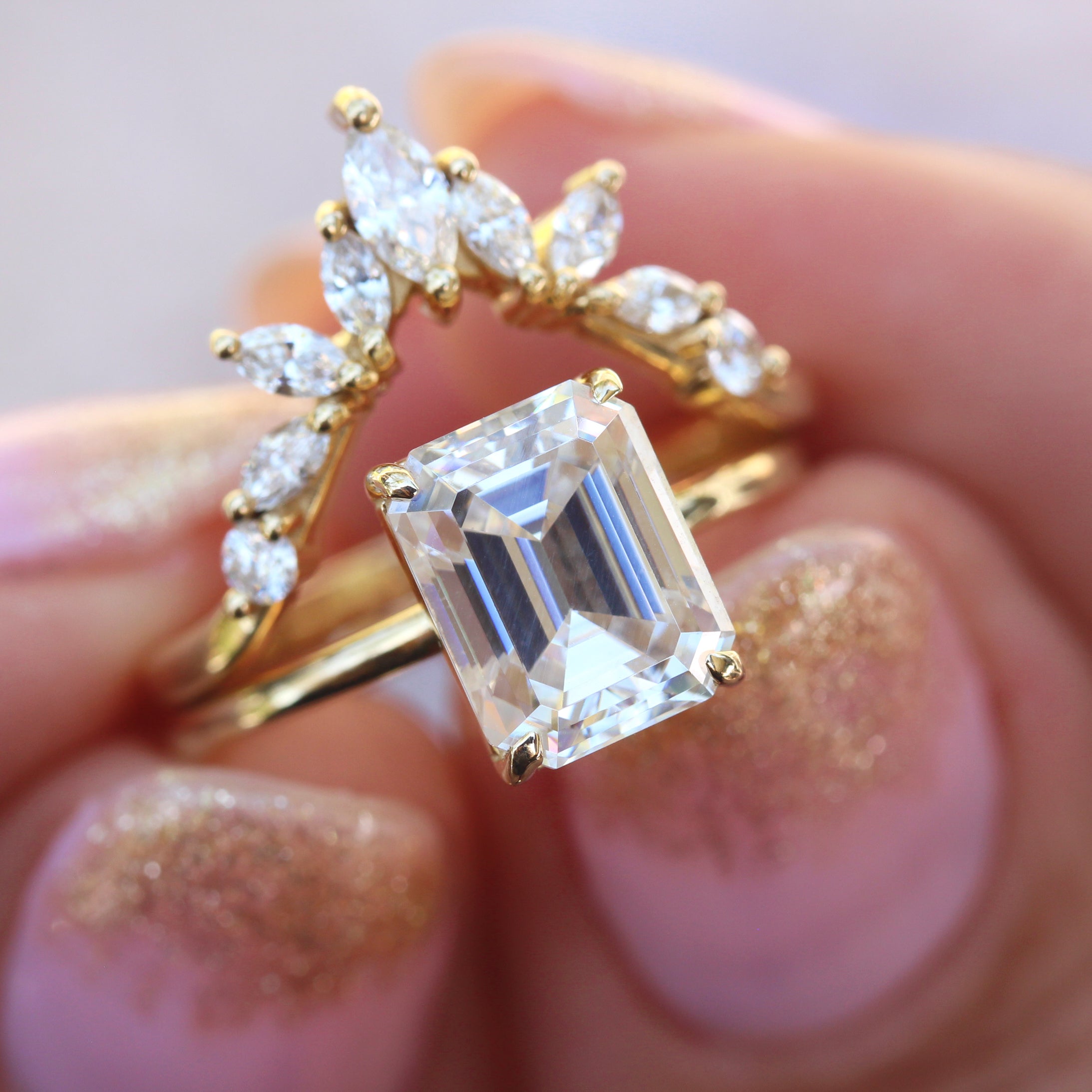
·
Diamonds and moissanite can look very similar to the naked eye! Since both provide such beauty, it can be hard to decide between the two, especially if you’re unsure of the differences to begin with! If you are looking to choose between moissanite or a diamond for your ring, keep reading below to learn more about their differences and similarities.
Moissanite: what is it?
Moissanite was first discovered in 1893 by a man named Henri Moissan. Moissanite in fact gets its name from Henri’s last name “Moissan”. Henri first discovered moissanite while exploring a meteor crater in Arizona. When he first came across the stone, he mistakenly thought it was a diamond! After some further research, he identified these crystals as silicon carbide, not diamonds.
At that point, silicon carbide had already begun to be produced in a lab, in fact just two years before Henri’s discovery of it in nature. As it turns out, naturally occurring silicon carbide is very rare. Silicon carbide, AKA moissanite, is not commonly found in the wild, but it does occur naturally as inclusions in diamonds, xenoliths, and other rocks, like lamproite.
As the natural occurrence is very rare, all moissanite used today is a lab-made synthetic. However, just because it’s not sourced directly from nature does not make it any less valuable as a potential stone choice for your precious ring. Moissanite was popularized in the jewelry market in 1998 when Charles & Colvard got patents to create silicon carbide gemstones in a lab and market them to the public. Many moissanite stones come with the Charles & Colvard certification to this day!
Quality
When choosing a diamond alternative like moissanite, you may wonder about its quality as compared to a classic diamond. You will be happy to note that moissanite’s quality stacks up to a diamond's quality in many ways.
In terms of hardness, moissanite ranks at 9.25 on the Mohs scale of mineral hardness. Diamond is rated at a 10, the hardest. Moissanite ranks very closely in overall hardness and durability and is very suitable for daily long-term wear.
What about brilliance? Diamonds do differ from silicon carbide in their brilliance and how they reflect light. Moissanite has a different faceting pattern than diamonds do (facet pattern refers to the flat surfaces of a stone that are arranged in a geometrical pattern and create certain reflections). Moissanite is considered a birefringent stone meaning light sent through the gemstone splits into separate beams that depend on the source polarization which can be easily seen, and diamond does not have the same properties.
Moissanite exhibits a warm, multicolor flash when direct light hits it. Some love the unique colorful reflections created by this stone. Moissanite had a much higher refractive index score than a diamond, meaning it produces more flashes when hit with light. Some people love the unique, eye-catching reflections you can get by picking this kind of stone.
As for color, colorless moissanite can still project a yellow or gray tinted hue under certain lighting conditions. Diamonds, natural or lab-made, will always be clear regardless of what kind of lighting it is put under.
Price
Moissanite is by far the more affordable option when compared to a diamond. Take for example this beautiful ring which can be customized with either a moissanite gem or a diamond. The moissanite option is over 30% less expensive than the lab-made diamond. The natural diamond is even more costly.
Choosing a less costly gemstone may allow you to choose the most intricate or unique band and setting for your stone. However, it’s all up to you on what gemstone you prefer.
Can you tell the difference between moissanite and diamond with the naked eye?
Although moissanite can look like a diamond, it shouldn’t be thought of as a ‘fake’ diamond, because it’s simply not one at all. The look of a silicon carbide gem happens to mimic diamonds - but are not the same.
Going with a gem like this over a diamond produces a different look and aesthetic. Moissanite is from an entirely different gemstone family than a diamond, and even if they are look-alikes, they are not at all related and should be thought of separately.
If your goal is to pass moissanite off as a diamond, it’s best to stay small with your stone. Larger gemstones may produce more light refractions. It is considered a ‘fiery’ stone - meaning it produces much more sparkles than a diamond typically would. These sparkles are also not as pure white as a diamond’s sparkle may be.
Another difference is that a silicon carbide gem can change tints based on the lighting around it. Some people report grayish, yellowish, or even pink-ish hues in their rings in certain lighting conditions. A lot of people enjoy this as it gives the ring a unique hue, makes it exciting to wear and can look pretty in different types of lighting. A diamond does not share this quality and will produce the same hue regardless of what lighting it is subjected to.
Even with the above in mind, most people who do not have professional experience working with jewelry and gemstones will not catch a moissanite ring next to a diamond ring. Certain differences can be identified with a naked eye, but that eye needs to be looking for said differences and be knowledgeable about how different gemstones refract the light around them. Most people who do not have this experience will see moissanite as just as beautiful and shiny as a regular diamond.
In conclusion
Both gemstones offer beauty, depth, and sparkle. Moissanite offers more fiery sparkles and produces more colorful hues. Diamonds provide a trademark sparkle with no unique hues or light refractions. A gemstone such as moissanite will certainly be much easier on the bank account. A lot of people enjoy the unique hues and sparkles it creates, as well! It’s a rock-solid choice for the person who wants a stone with a little more character or wants to save a little money.





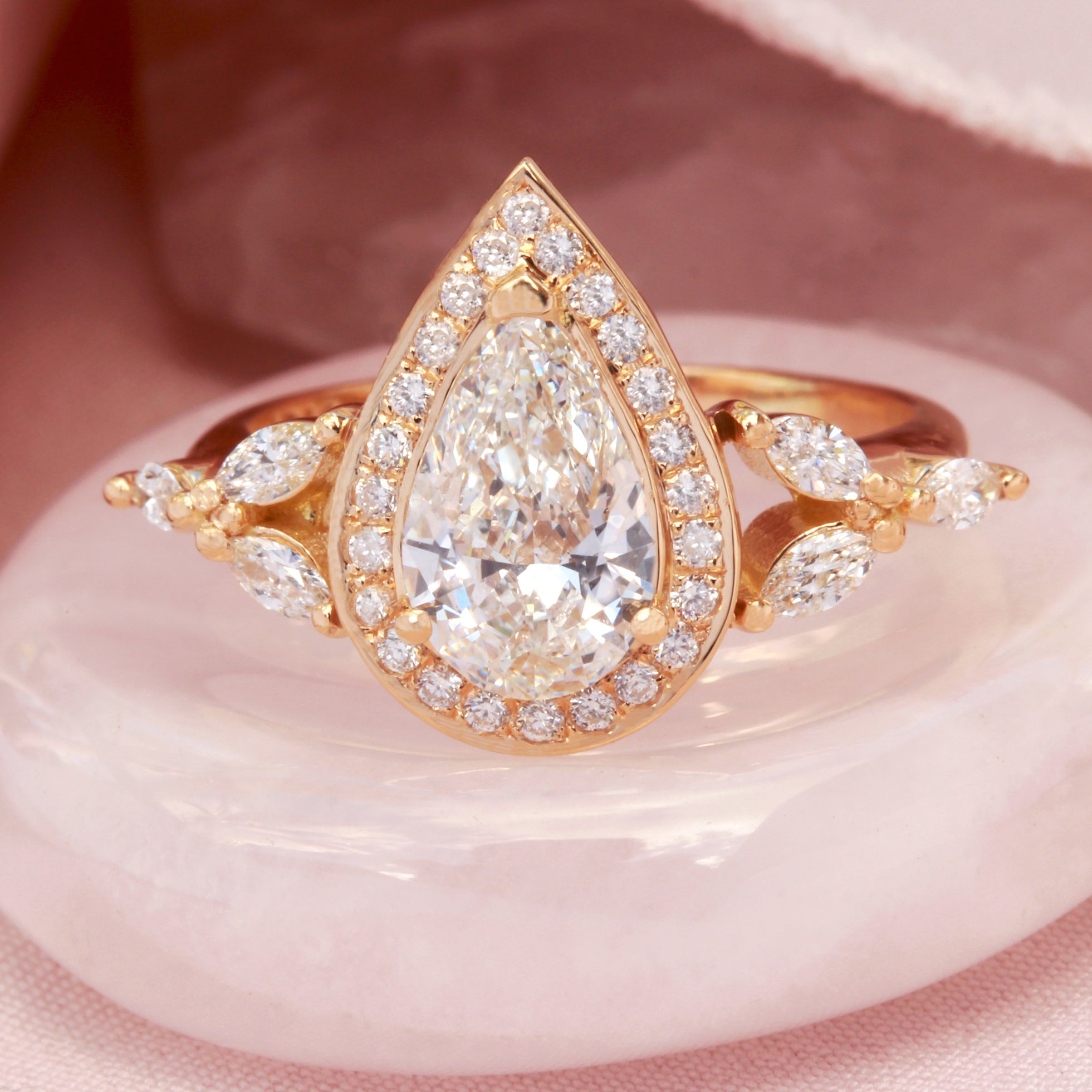

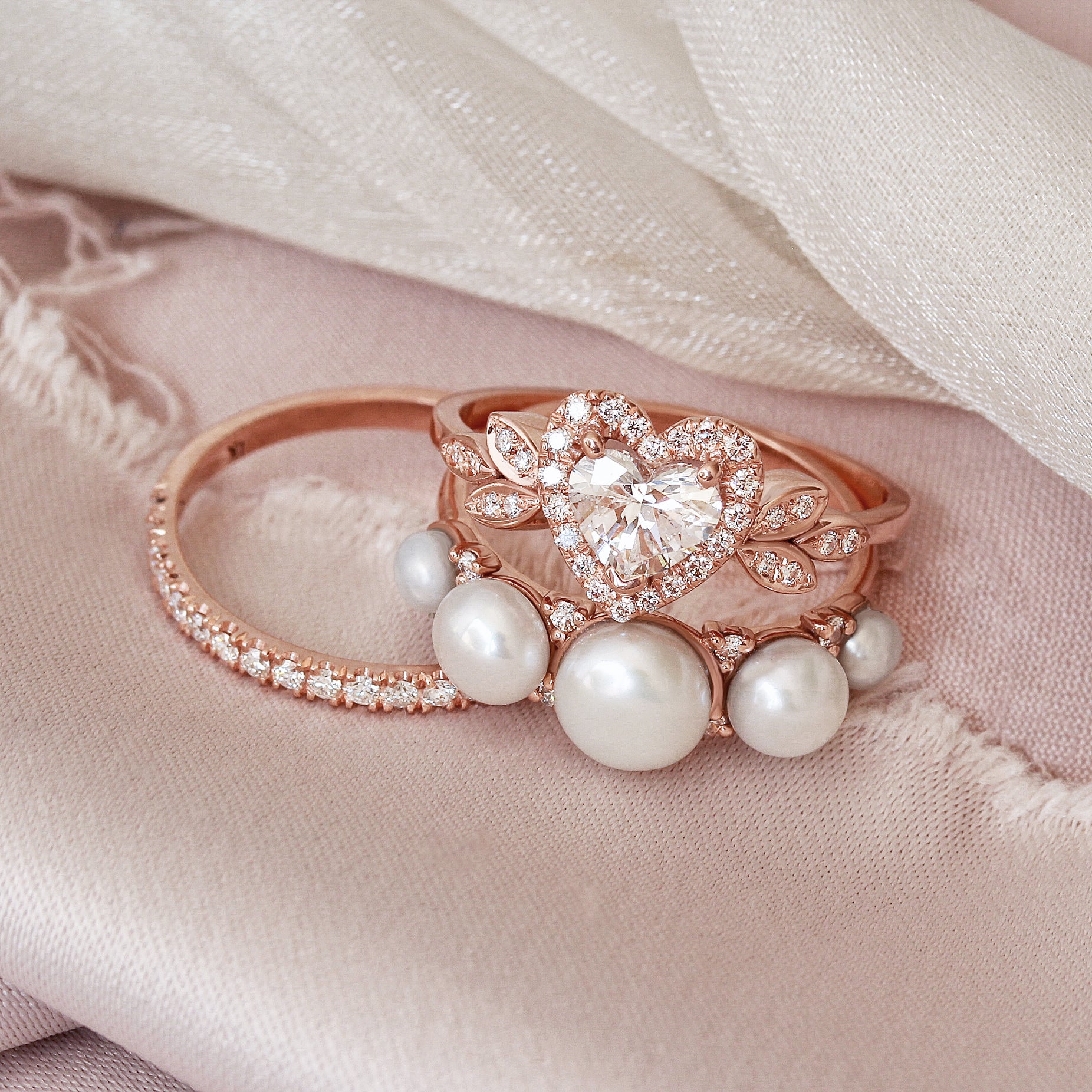
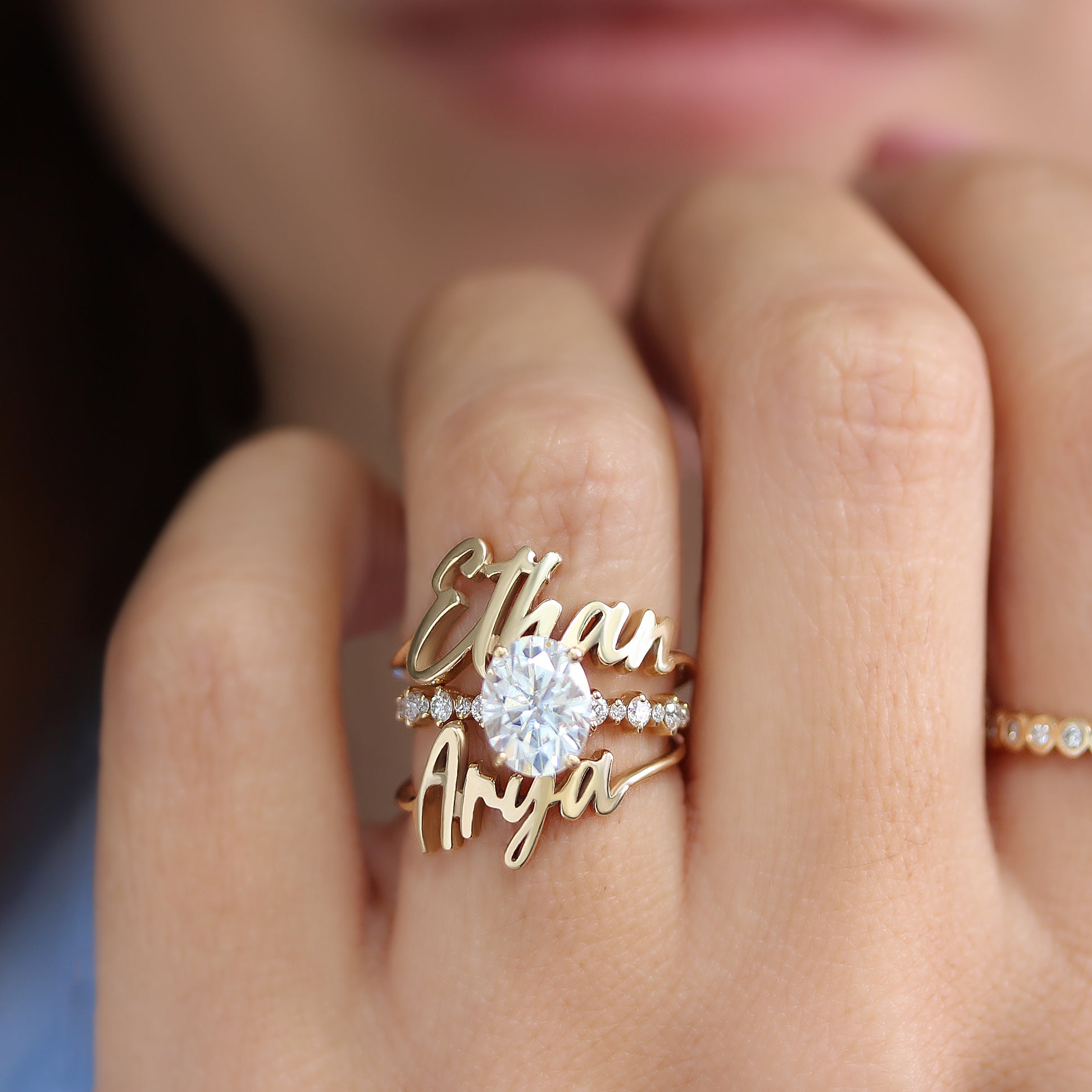
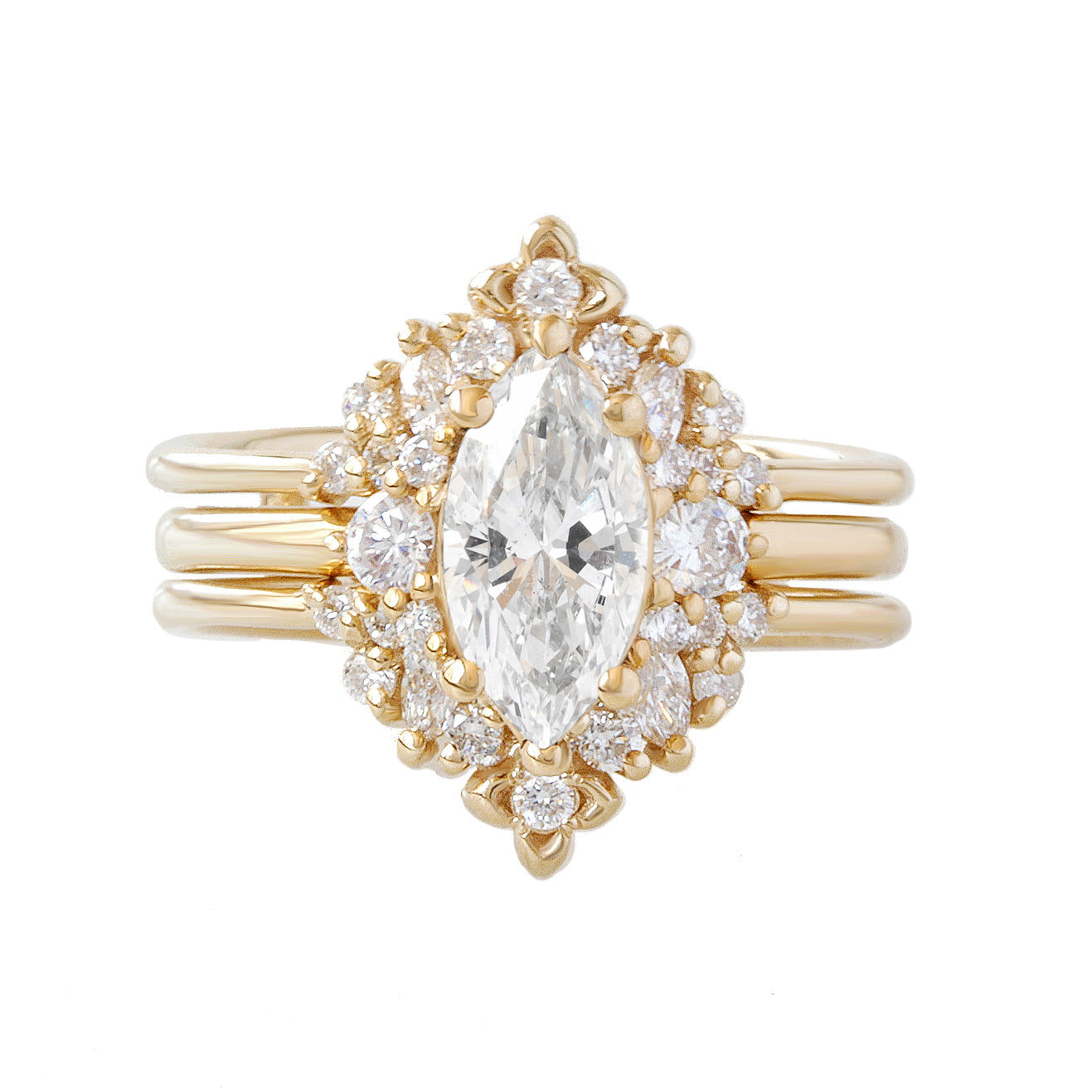
Comments